The Economics of Undersea Colonization
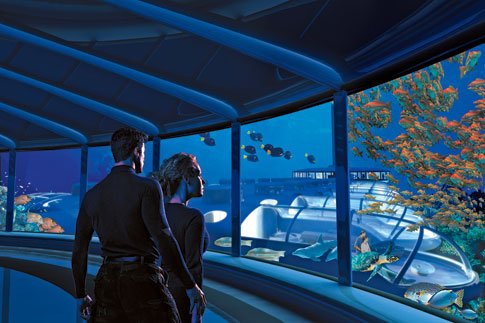
There’s a litany of strange assumptions many make about undersea colonization that they don’t typically make about any effort to colonize a patch of land, or an island. Self sufficiency, for example; Nobody expects a newly founded town in the desert or mountains to be self sufficient.
It’s well understood that they fit into the vast power, utility and supply infrastructure we’ve spent the past two and a half centuries building. Yet to mention an undersea colonization effort provokes thoughts of how to achieve self sufficiency almost by reflex, because that has been how the idea is presented in science fiction for the past several decades.
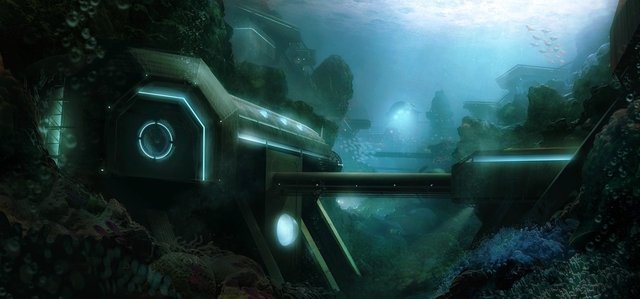
The issue of economic rationale carries similar baggage. There are so many firmly attached assumptions that come with the topic, that in order to achieve a clean slate such that you can present a historically novel plan for sustaining a subsea community, you must first sweep away those assumptions.
The first and worst is that the colony is merely a means to an end; That there must be some resource on the sea floor that we can only harvest and process with a manned colony, without which there can be no justification for building one.
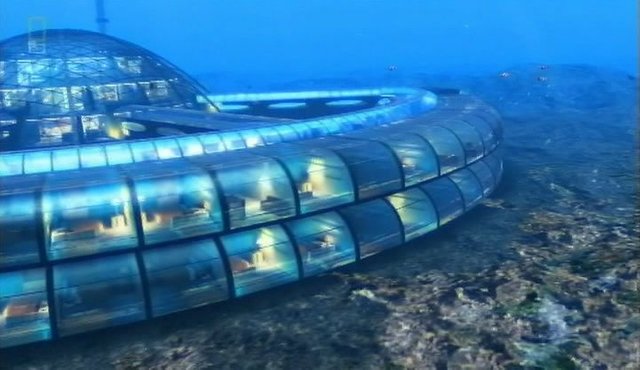
In truth there are very few tasks which cannot be done undersea with a combination of robots and hardsuited divers. Trying to justify an undersea colony from this angle is a dead end. There is no seafloor industry which requires a permanent human presence, at least not yet.
Why does it never occur to some that people might actually desire to live undersea? That we would not do so only for the sake of wealth, of being near to an industrial worksite where we can get rich excavating precious metals or farming rare species.
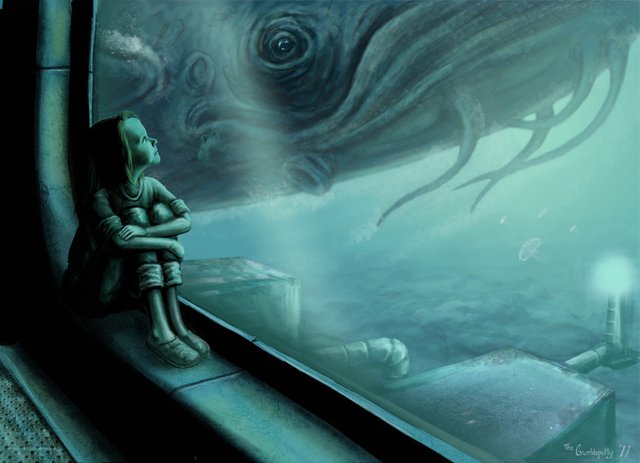
Think of Hawaii; Why do people live there? More to the point, why was it developed so extensively, at a cost of hundreds of billions of dollars in total? Consider the sprawling resorts, seaside condos, residential gated communities, hotels and so on. What precious resource is there in Hawaii that made it necessary to build all of that?
Hawaii was developed because people had a powerful desire to live there. It’s breathtakingly beautiful. Many were willing to uproot their lives and reestablish themselves on what was originally a fairly isolated string of islands as they were built up into the state that we’re familiar with today. An entire economy and functional member of the union, built in a far flung, isolated natural locale, at great expense and all because it was a gorgeous and therefore desirable location to live and work.
Of course, these days Hawaii does have extensive native industry. Fishing, farming, manufacture and so on. But we didn’t need to develop Hawaii in order to do those things. We can do all of those things on the mainland.
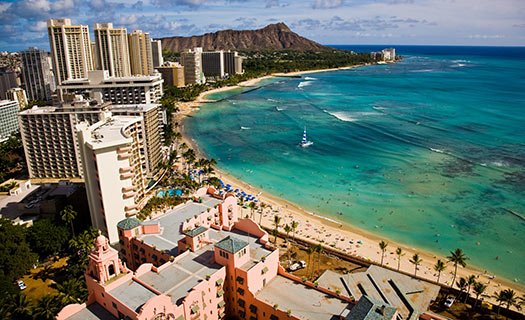
Those industries grew, in Hawaii, out of a desire to make a permanent human presence economically sustainable. Seems like putting the cart before the horse; Developing industry for the sake of colonizing a remote locale, rather than the other way around. Yet in special cases like Hawaii’s, that’s the way it works; The “top down” approach to building a new community.
What is true for Hawaii is true for an undersea colony; The undersea world is indescribably beautiful. You are at all times enveloped by a warm, everpresent blue glow. In the shallows, your senses are assaulted by explosions of color, coral species of all types blooming in vast reefs, attended to by an endless catalogue of fish, eels, crustaceans and cephalopods.
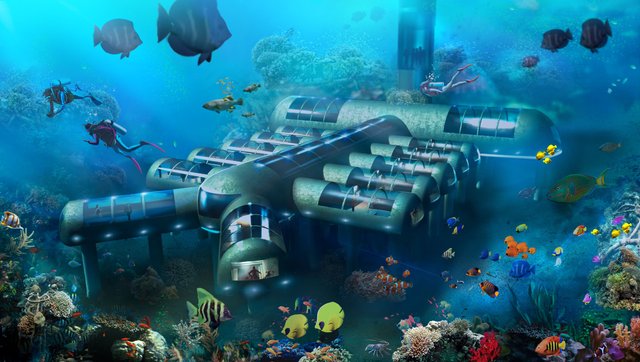
Many will find their home in the nooks and crannies of the colony exterior, flitting by the windows, iridescent outer skin glowing brightly enough to catch your attention as they pass through undulating beams of light from the surface.
If Hawaii justified a top down approach, that can only be doubly true of the waters around Hawaii. Or those off the great barrier reefs of Australia. Or the great gulf stream, fifteen miles off the coast of Florida and 250 feet down.
The natural beauty tourists regularly pay great sums to catch a brief glimpse of aboard sightseeing submarines, such as the Atlantis line popular in Hawaii, could become their everyday surroundings. A sight that would greet them through acrylic windows every morning as the sun rises over the blue frontier.
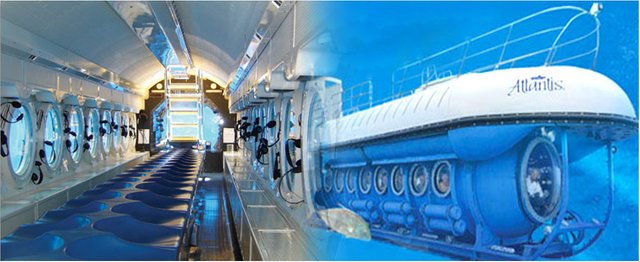
Like Hawaii, although it is not necessary to build an undersea colony to carry out seafloor industrial and agricultural activities, it is possible to do so and even with potentially greater efficiency if you have a permanent human presence on-site.
Seafloor mining is currently performed with bucket wheel excavators and suction hoses; It’s imprecise, mixes the precious ore in with large quantities of worthless rock, and creates environmentally damaging sediment plumes that disrupt the ecosystem for miles around the dig site.
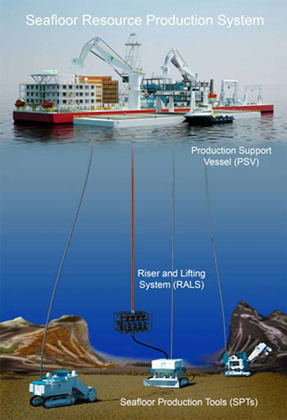
It’s like removing a patient’s splinter using a chainsaw suspended on fishing line, controlled like a marionette from the rafters. Try as we might we cannot escape the basic necessity of having skilled laborers on-site, with the right tools for the job.
Diving from a colony already at depth in 1atm suits, such workers could perform precision excavation, work longer hours, extract more precious metals that would require less refining (as they are not mixed in with tons of worthless ore) and do so in a manner consonant with the environmental ideals that we as a nation have long since committed ourselves to.
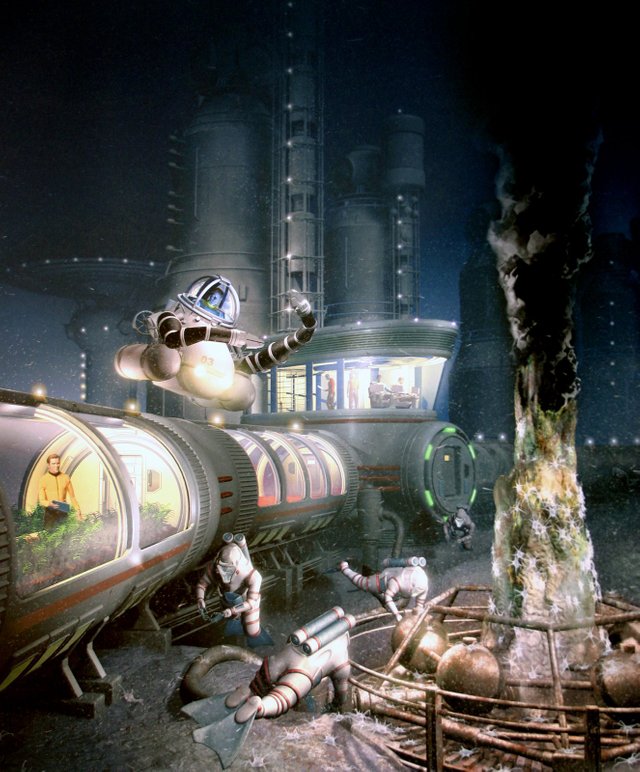
This is why the Chinese government recently made the establishment of a deep water, manned mining outpost their #2 technological priority for the next five year plan. You can bet the other major governments of the world will be keeping a close eye on it and, if successful, they will follow suit with their own such facilities.
Open ocean aquaculture is another industry which could potentially sustain a seafloor community; Such installations exist today in small numbers and are already cost competitive with shallow water surface fish farms, owing in large part to the fact that a hatchery on land must be built of concrete and steel, must include vast tanks for the fish so as to replicate their natural environment.

Simply raising them in their natural environment reduces costs immensely, substituting a treated steel pole and net “tent” for the concrete and steel surface enclosures. These vast “pods” can comfortably contain more fish, and be automated to some degree with the scheduled release of food, a sanitizing agent and possibly substances which induce off season mating.
A small number of hardsuited or saturation divers could maintain a large number of these enormous “pods”, each anchored at different depths to suit the species they contain. Conceivably, some legal understanding could be arrived at whereby valuable endangered species like bluefin tuna might be raised in this manner, and some percentage would be released into the wild each generation.
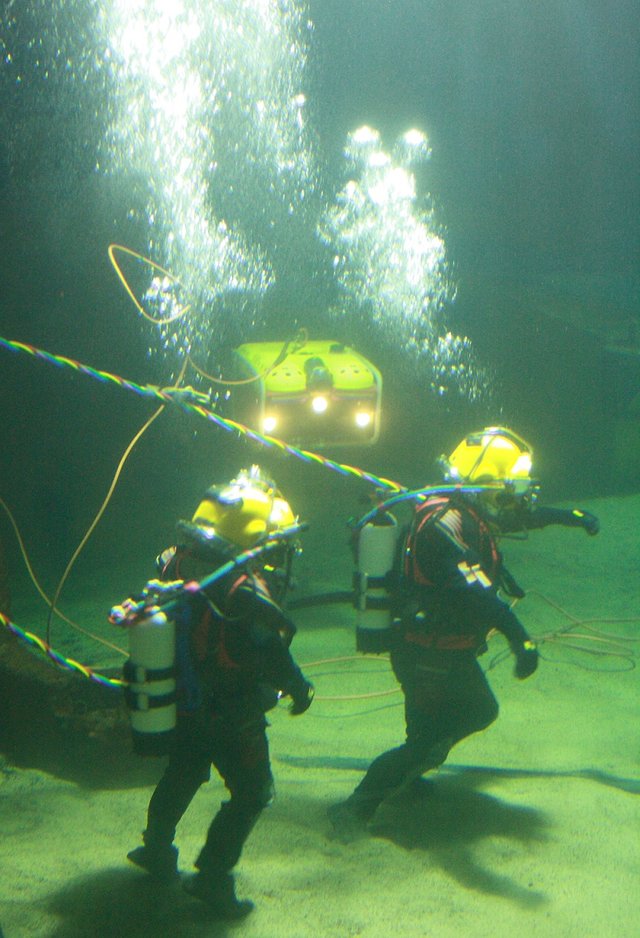
This way the operation would not only net a large profit for the colony (and make it possible to legally sell this highly sought after delicacy) but also gradually replenish wild bluefin tuna populations. In this manner it’s possible not only to have zero environmental impact while living undersea, but to actually have a net positive impact.
Lastly, as Hawaii’s economy is built in large part on tourism, so would the economy of an undersea colony. There’s nothing illusory or unstable about this, it is as valid a strategy as any other, and the the first undersea colony will be uniquely poised to make use of it.
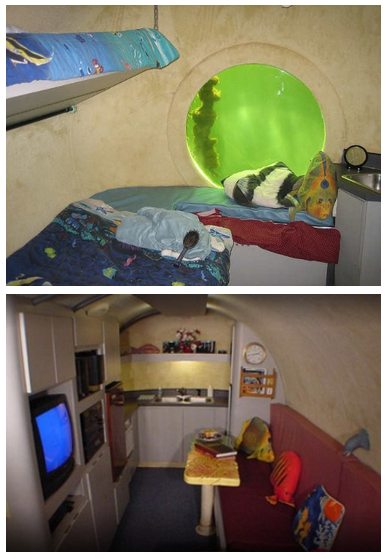
The only undersea hotel in the world, Jules Undersea Lodge, is regularly booked months in advance even for $500+ a night. For reference it resides in about 30 feet of water, in a murky inland cove. The planned Poseidon undersea resort is expected to cost $15,000 per person, for just two nights in the undersea complex and five on land.
There is enormous demand to spend even brief periods undersea. A scaled up installation, built for the purpose of sustaining a permanent civilian population and funded in part by nearby mineral excavation and aquaculture operations could offer tourists such an experience at a dramatically lower price.
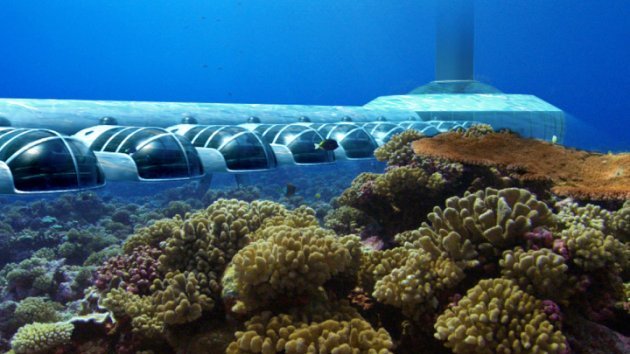
For this reason some portion of the colony will always be set aside for tourists, and for visiting marine scientists performing relevant experiments. The NOAA’s Aquarius Reef Base already offers this capacity, but as an ambient habitat at only 60 feet depth, it is not as close an approximation to a Lunar or Mars colony as the 1atm Challenger Station will be.
Use of some portion of the Challenger Station for NASA’s “Neemo” sea/space analogue program would fit neatly into their new strategy of cooperating with private organizations towards shared goals. Today it's carried out aboard Aquarius, which as you can see is a touch cramped.
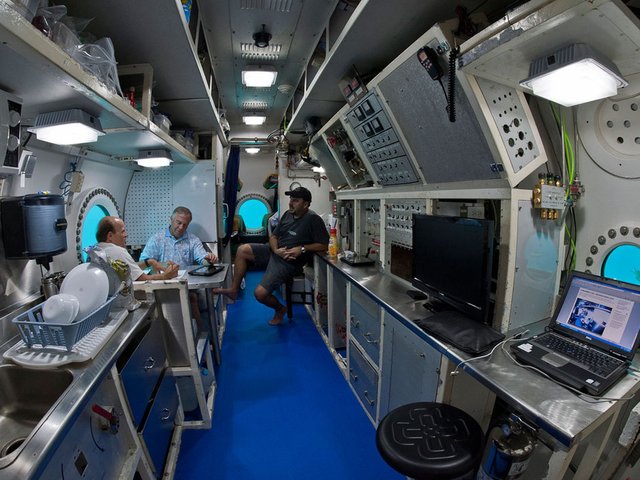
All of these potential revenue streams, together, would more than cover overhead expenses; Due to advances in materials tech and the commoditization of the basic components necessary for sustaining human life undersea (such as compact aircon, CO2 scrubbers and dehumidifiers) it’s no longer something only governments or large corporations can afford to do.
Instead it has crossed into the domain of an adventurous new generation of pioneers who will settle the blue frontier. Not because they must do so in order to make money, but who will instead be compelled by the natural beauty of the undersea world to colonize it, then create profitable industries there so that they can stay.
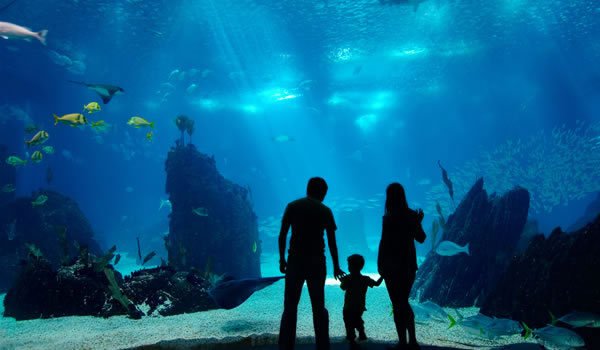
Would be a great idea for a prison system. :)
Wouldn't even need to be that deep. Even at 50 feet, if it's ambient pressure, prisoners would saturated with nitrogen and be unable to swim to the surface without being killed by the bends.